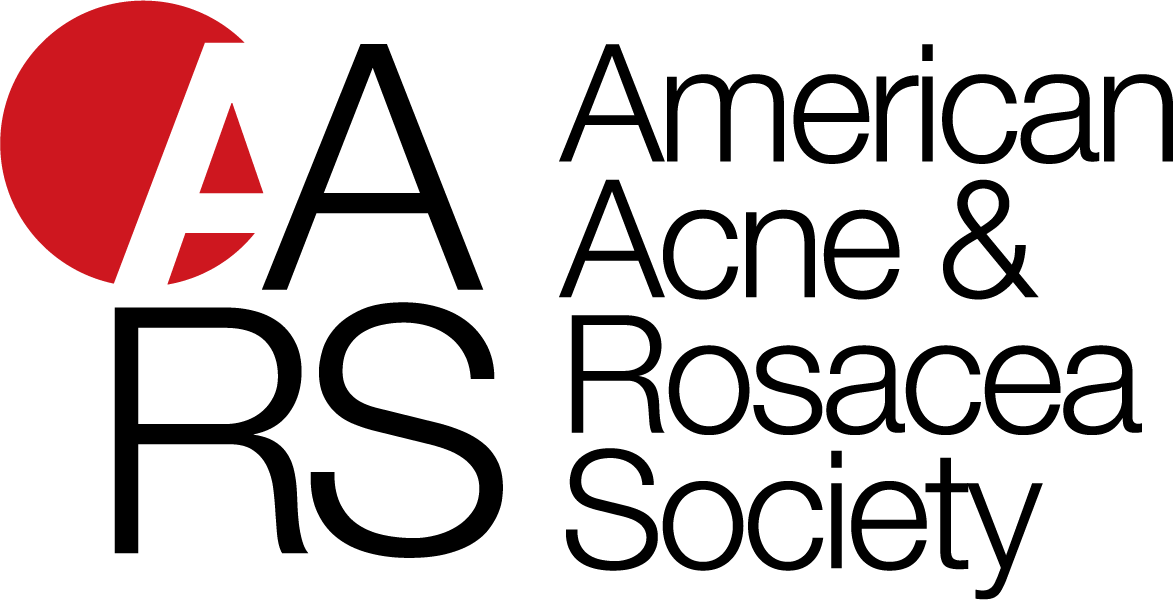Livestock farming has long been recognized as contributing to the development of drug resistant bacteria. Now researchers have turned to chicken farms to help uncover how bacterial species share genetic materials and thus spread mechanisms of resistance.
Researchers collected 661 E. coli and Salmonella bacteria isolates from chickens and their environments in 10 Chinese chicken farms and four abattoirs over a two-and-a-half-year period. A large-scale analysis using conventional microbiology DNA sequencing and data-mining methods powered by machine learning indicate that E. coli and Salmonella enterica co-existing in the chicken gut, compared to those existing in isolation, feature a higher share of antimicrobial resistance (AMR)-related genetic material, implement more similar resistance and metabolic mechanisms, and are likely the result of a stronger co-evolution pathway.
Published in Nature Communications, the research is a collaboration between experts from the University of Nottingham School of Veterinary Medicine and Science, the China National Centre for Food Safety Risk Assessment, New Hope Liuhe Group Ltd in China and Nimrod Veterinary Products Limited.
Dr. Tania Dottorini from Nottingham’s School of Veterinary Medicine and Science, lead researcher on the study, says, “These species of bacteria can share genetic material both within, and potentially between species, a way in which AMR is spread. That is why understanding the extent to which these bacteria within the same environment, and importantly, the same host, can co-evolve and share their genome could help the development and more efficient treatments to fight AMR.”




